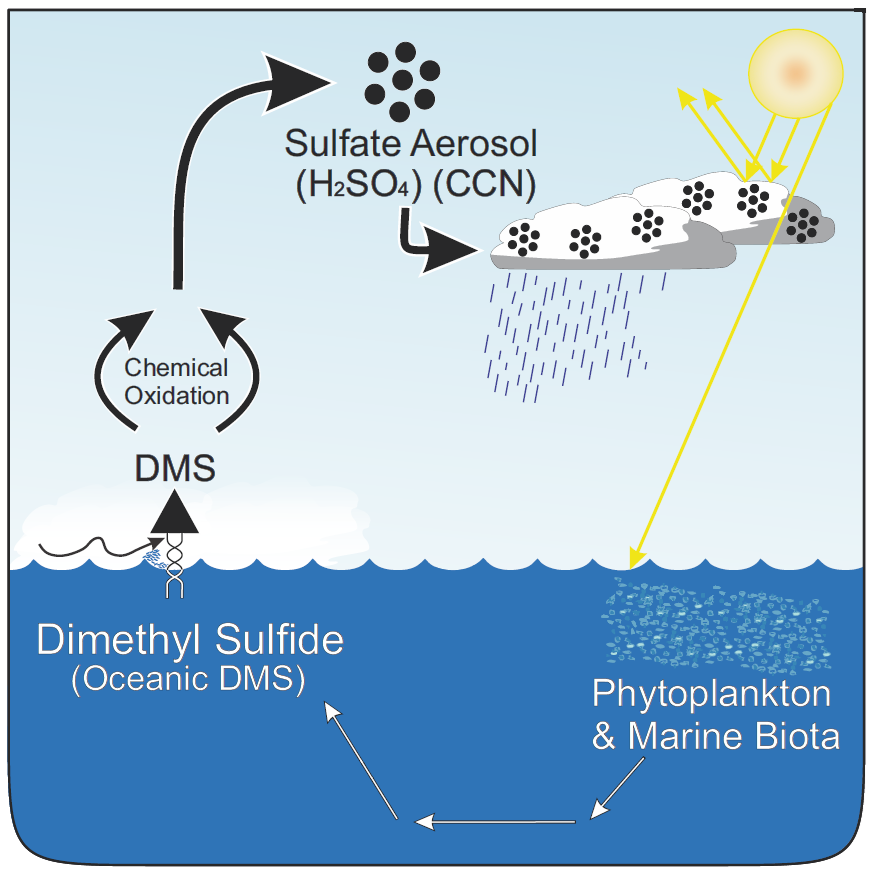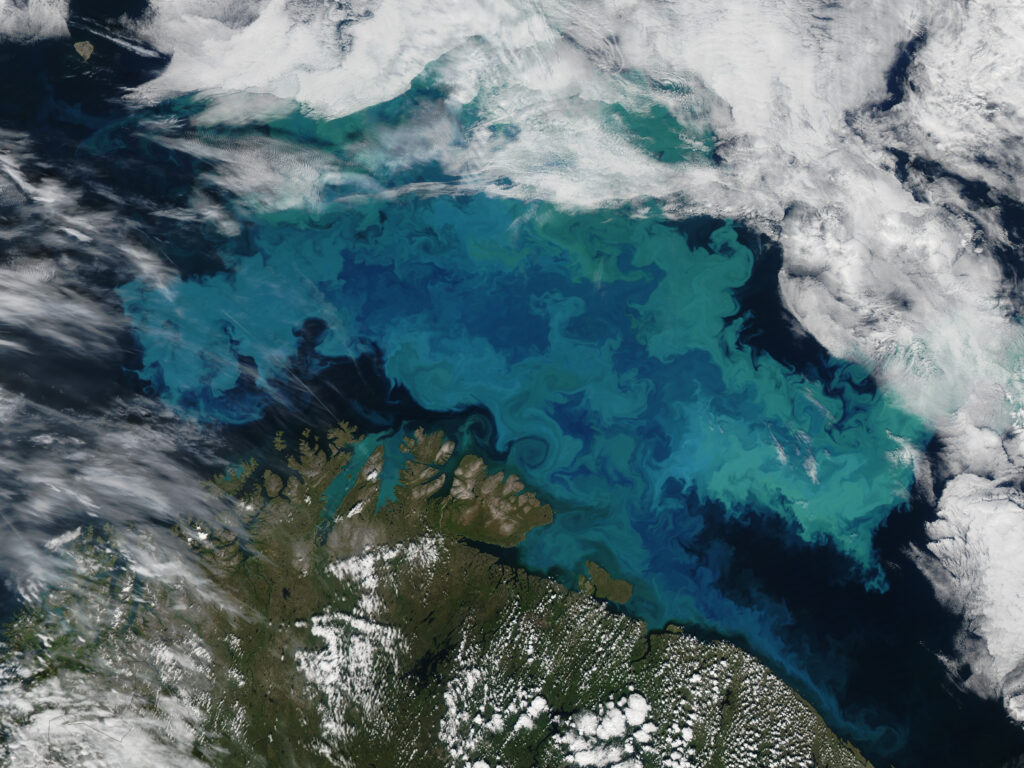The cooling effect of aerosols adds an uncertainty of almost one degree in climate models. Sulfate aerosols are one of the most impactful types. An analysis of several widely-used models now concludes that their predications on the creation of sulfate aerosols in the atmosphere differ almost as much as a factor of two. The PACE satellite will help to reveal which models are most accurate. Publication in Journal of Geophysical Research.
unknown factor
Aerosols are one of the largest unknown factors in predicting future climate scenarios. They have a net cooling effect, but how much is uncertain by almost one degree. This has two reasons. For one, we have a poor overview of the aerosol distribution in the atmosphere. The recently launched PACE satellite will improve this picture in the coming years. Secondly the countless processes turning gases into aerosols are complex.
chemical reactions
Climate models estimate to what extent these chemical reactions take place in the atmosphere, based on what we know about the abundance of gases. The main sulfuric gases turning into aerosols are dimethyl sulfide (DMS) and sulfur dioxide (SO2). DMS is the largest natural source of sulfur and SO2 is mainly human-made, for example by ships. Especially DMS concentrations are unknown as they occur in rough oceanic conditions.
sulfur gases change into sulfate aerosols
A team of scientist, including Yusuf Bhatti (SRON / Uni Canterbury), has now compared seven widely-used climate models on their predictions of sulfuric gases turning into sulfate aerosols. They find differences almost as large as a factor of two. They see a spread of 79%. Bhatti: ‘This is partly due to the unknown abundance of DMS, but also because scientists have to make choices on which sulfate reactions to include in their models. Taking all reactions into account requires way too much computing power.’

PACE satellite
Since the launch of the PACE satellite last February, the onboard Dutch SPEXone instrument has been mapping the amount and properties of aerosols across the atmosphere. While the data is coming in, Bhatti and his SRON colleagues are getting a better picture of this distribution. In the coming years this will reveal which models make the best predictions regarding sulfate aerosols. From those they can extract which reaction happens where in the atmosphere. Bhatti: ‘In the end we get a better understanding of how sulfate aerosols, one of the most important and uncertain aerosols, are created.’



